Home>diy>Architecture & Design>What Is In-House Interior Design
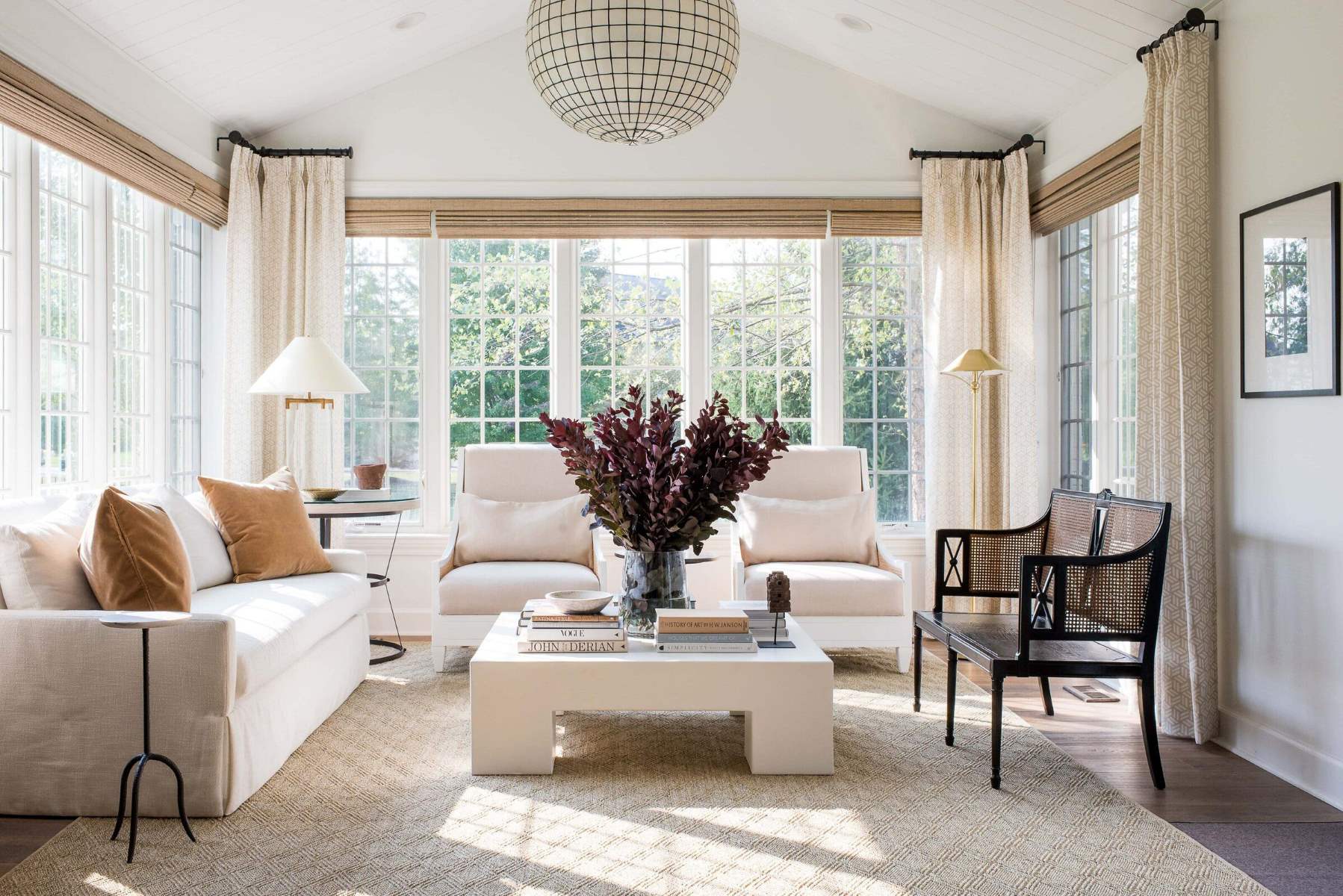

Architecture & Design
What Is In-House Interior Design
Modified: January 4, 2024
Discover what in-house interior design is and how it can enhance your architectural designs. Find out the benefits and importance of incorporating this trend into your projects.
(Many of the links in this article redirect to a specific reviewed product. Your purchase of these products through affiliate links helps to generate commission for Storables.com, at no extra cost. Learn more)
Introduction
When it comes to designing the interiors of a space, many people turn to professionals to bring their visions to life. Traditionally, hiring an external interior design firm was the go-to option for creating stunning and functional spaces. However, an alternative approach has been gaining popularity in recent years: in-house interior design. In this article, we will explore what in-house interior design entails, its benefits and drawbacks, and when it’s appropriate to consider this approach.
In-house interior design refers to the practice of forming an internal team or department within an organization to handle the design and decoration of the company’s spaces. This team typically consists of architects, interior designers, project managers, and other professionals who work collaboratively to create visually appealing and functional interiors. By having an in-house team, organizations can have greater control over the design process and ensure that their spaces align with their brand identity and objectives.
The concept of in-house interior design has gained traction for several reasons. Firstly, it allows companies to have a dedicated team working exclusively on their projects. This leads to a deeper understanding of the organization’s goals, values, and culture, resulting in spaces that truly reflect the company’s identity. Additionally, having an in-house team offers flexibility and agility, as designers can quickly address any changes or modifications needed during the design process.
Another advantage of in-house interior design is cost-effectiveness. Instead of hiring external firms on a project-by-project basis, organizations can invest in building a competent and skilled internal team. While there may be initial costs associated with setting up the team, the long-term savings can be significant. In-house teams can also develop expertise in the specific needs and requirements of the organization, leading to more efficient and streamlined processes.
Despite its many benefits, in-house interior design does have its drawbacks. One notable disadvantage is the potential lack of exposure to diverse design perspectives. External design firms often bring fresh ideas and new trends to the table, whereas an in-house team may be more limited in their exposure to industry innovation. To counter this, organizations can encourage their in-house teams to attend design conferences, workshops, and exhibitions to stay updated with the latest trends.
Additionally, building an in-house team requires time and effort. It involves recruiting skilled professionals, providing training and resources, and establishing effective communication channels. Organizations should carefully consider their budget, timeline, and internal capabilities before embarking on the in-house interior design journey. It may not be suitable for all organizations, especially those with limited resources or short-term projects.
In-house interior design can be a suitable option for organizations that have a consistent need for design services or those that prioritize maintaining control over the design process. It is particularly beneficial for companies in industries that require specialized and customized interior solutions. Examples include hospitality, retail, and corporate sectors, where brand image and customer experience play a crucial role.
In the next sections, we will delve deeper into how to implement in-house interior design, provide examples of successful in-house teams, and offer insights into when to consider this approach. By the end of this article, you will have a clearer understanding of whether in-house interior design is the right choice for your organization.
Key Takeaways:
- In-house interior design offers organizations greater control, cost-effectiveness, and customization, but may lack diverse design perspectives and require continuous skill development.
- Successful in-house design examples from companies like Apple, Google, and Ritz-Carlton showcase the benefits of aligning spaces with brand identity and enhancing customer experiences.
Read more: What Is Interior Design?
Definition of In-House Interior Design
In-house interior design refers to the practice of creating and managing an internal team within an organization to handle all aspects of interior design. This team is responsible for conceptualizing, planning, and executing the design of the organization’s spaces, ensuring they align with the brand identity and fulfill the functional needs of the space. By having an in-house team, companies can have greater control over the design process, allowing for flexibility, customization, and better integration with the overall organizational goals.
Unlike hiring external interior design firms on a project basis, in-house interior design involves building a dedicated team within the organization. This team is composed of professionals who specialize in architecture, interior design, project management, and other relevant disciplines. By having these experts in-house, organizations can tap into their expertise and benefit from their deep understanding of the company’s culture, values, and objectives.
The main goal of in-house interior design is to create spaces that are not only aesthetically pleasing but also functional and conducive to the organization’s operations. The in-house team works closely with various stakeholders within the organization to gather requirements, understand the needs of different departments or spaces, and develop cohesive design solutions that meet these requirements.
The in-house interior design team takes on multiple responsibilities throughout the design process. They conduct site assessments, analyze space utilization, develop design concepts, create detailed floor plans, select finishes and materials, manage project timelines and budgets, and oversee the implementation of the design. They work closely with contractors, suppliers, and other relevant parties to ensure the successful execution of the design vision.
In-house interior design extends beyond the physical aspects of a space. It also involves considering elements such as lighting, acoustics, ergonomics, and sustainability. The team strives to create environments that not only look visually appealing but also contribute to the well-being and productivity of the occupants.
Overall, in-house interior design provides organizations with the opportunity to have a dedicated team focused on meeting their design needs. By having experts intimately familiar with the organization’s vision and requirements, companies can create spaces that are truly unique, effective, and reflective of their brand identity. In-house interior design allows for greater control, customization, and seamless integration of design solutions within the broader organizational context.
Benefits of In-House Interior Design
In-house interior design offers numerous advantages for organizations looking to create stunning and functional spaces. Here are some key benefits of having an in-house interior design team:
- Greater Control and Customization: Having an in-house team allows organizations to have full control over the design process and make adjustments as needed. The team can closely align the design with the organization’s brand identity, culture, and objectives, resulting in spaces that truly reflect the organization’s unique vision.
- Efficiency and Collaboration: In-house teams have a deeper understanding of the organization’s operations, hierarchies, and workflows. This knowledge helps them design spaces that are efficient, functional, and tailored to the specific needs of different departments or areas. The in-house team can collaborate closely with key stakeholders, such as management and employees, to ensure that the design meets their requirements and enhances productivity.
- Cost Effectiveness in the Long Run: While there may be initial costs associated with setting up an in-house interior design team, it can ultimately result in long-term savings. Instead of hiring external design firms for each project, organizations can invest in building an internal team that can handle multiple projects over time. This can lead to significant cost savings, especially for companies that have a consistent need for design services.
- Flexibility and Adaptability: In-house teams are agile and can quickly adapt to changes or modifications during the design process. They can promptly address any issues that arise and make necessary adjustments, ensuring that the final design meets the organization’s evolving needs. This flexibility allows for a smoother and more efficient design process.
- Expertise and Industry Knowledge: By having an in-house team, organizations can develop specialized expertise in their specific industry or niche. The team can stay up-to-date with the latest design trends, standards, and regulations relevant to their industry. This knowledge can be invaluable when creating spaces that are not only visually appealing but also compliant with industry-specific requirements and best practices.
- Consistency and Branding: In-house interior design helps maintain consistency in design across the organization’s spaces. This consistency strengthens the organization’s brand identity and reinforces its values and culture. Whether it’s an office, retail store, or hospitality establishment, in-house design ensures that the organization’s visual presence remains cohesive and recognizable.
These benefits make in-house interior design an attractive option for organizations that want to have greater control, customization, and efficiency in their design process. However, it’s important to consider the drawbacks as well and evaluate whether this approach aligns with the organization’s resources, long-term goals, and specific design needs.
Drawbacks of In-House Interior Design
While in-house interior design offers numerous benefits, there are also some drawbacks that organizations should consider before establishing an internal team. Here are some key drawbacks of in-house interior design:
- Lack of Diverse Perspectives: One of the potential disadvantages of in-house interior design is the limited exposure to diverse design perspectives. External design firms often bring fresh ideas, innovative approaches, and a broader range of design experiences from working with different clients. In contrast, an in-house team may be more confined to the organization’s culture and experiences, which can result in a narrower design outlook.
- Resource and Time Investment: Building and maintaining an in-house interior design team requires significant resources and investment. Organizations need to recruit skilled professionals, provide ongoing training, and allocate budgets for design tools, software, and resources. Additionally, establishing effective communication channels and workflows within the organization can take time and effort.
- Limited Availability for Short-Term Projects: In-house teams are a long-term investment and may not be suitable for organizations with short-term or sporadic design needs. If an organization doesn’t have a consistent demand for design services, maintaining an in-house team may not be cost-effective. In such cases, hiring external design firms on a project basis may be a more practical solution.
- Risk of Internal Bias: In-house teams may be susceptible to internal biases and groupthink, as they are closely integrated into the organization’s culture and perspectives. This can limit the exploration of new ideas and creative solutions. To mitigate this risk, organizations should encourage their in-house teams to seek external inspiration, attend conferences, and collaborate with external design professionals to bring fresh perspectives to their projects.
- Need for Continuous Skill Development: Design trends and technologies are ever-evolving, and it’s essential for in-house teams to stay updated with the latest industry knowledge and skills. Organizations must invest in ongoing training and professional development opportunities for their in-house designers to ensure they are equipped with the necessary expertise to deliver innovative and current designs.
Despite these drawbacks, many organizations find that the benefits of in-house interior design outweigh the challenges. It ultimately depends on the organization’s specific goals, resources, and long-term vision. Careful consideration should be given to determine whether the establishment of an in-house team aligns with the organization’s capacity and design requirements.
When considering in-house interior design, focus on creating a cohesive and functional space that reflects your personal style and meets your specific needs. Take the time to plan and prioritize your design goals to ensure a successful outcome.
When to Consider In-House Interior Design
In-house interior design is not suitable for every organization and project. However, there are certain scenarios where considering an in-house team can be highly beneficial. Here are some situations when in-house interior design should be considered:
- Consistent Design Needs: If an organization has ongoing or consistent design needs across multiple projects, establishing an in-house team can be advantageous. With a dedicated team, the organization can streamline the design process, ensure consistency across spaces, and have a deeper understanding of its specific design requirements.
- Control and Customization: Organizations that want greater control over the design process and customization of their spaces may benefit from in-house interior design. With an in-house team, the organization can closely align the design with its brand identity, core values, and culture, resulting in spaces that are truly reflective of its unique characteristics.
- Long-Term Cost Savings: While setting up an in-house team may involve initial costs, it can lead to long-term cost savings. Instead of hiring external design firms on a project-by-project basis, organizations can invest in building an internal team that can handle multiple projects over time. This can significantly reduce external design fees and provide more control over the budget.
- Specialized Industry Needs: Certain industries, such as hospitality, retail, and healthcare, often require highly specialized and customized interior solutions. Having an in-house team allows for a deeper understanding of the specific needs and challenges of these industries, resulting in tailored designs that meet industry standards and regulations.
- Brand and Corporate Image: Organizations that prioritize maintaining a consistent brand image across their spaces should consider in-house interior design. An in-house team can ensure that the design aligns with the organization’s branding guidelines, culture, and overall corporate image, reinforcing a cohesive and recognizable presence.
- Flexibility and Collaboration: In-house teams offer greater flexibility and adaptability, especially when the project requires quick iterations or modifications. The team can collaborate closely with internal stakeholders, making it easier to gather feedback, incorporate changes, and align the design with the organization’s objectives.
It’s important for organizations to assess their resources, long-term objectives, and specific design needs before deciding to establish an in-house interior design team. Factors such as budget, availability of skilled professionals, and the nature of design projects play a crucial role in determining whether in-house interior design is the right choice for an organization.
Read more: What Is Contemporary Interior Design
How to Implement In-House Interior Design
Implementing in-house interior design involves careful planning, resource allocation, and effective team management. Here are the key steps to consider when establishing an in-house interior design team:
- Define Objectives and Scope: Clearly define the goals and objectives of the in-house interior design team. Determine the scope of their responsibilities, such as whether they will handle all design projects or focus on specific areas or departments within the organization.
- Build a Competent Team: Recruit skilled professionals who specialize in architecture, interior design, project management, and related fields. Look for individuals who have experience working collaboratively, possess a creative mindset, and have a deep understanding of the organization’s brand identity and values.
- Allocate Resources: Adequately allocate resources for the in-house team, including software, design tools, training programs, and a dedicated workspace. Ensure that the team has access to the necessary resources they need to execute their projects effectively and efficiently.
- Establish Design Guidelines: Develop design guidelines or a brand book that outlines the organization’s design principles, color palette, typography, and other visual elements that should be considered in the design process. This will ensure consistency and cohesiveness across all spaces and projects.
- Encourage Collaboration: Foster a collaborative work environment where team members can share ideas, provide feedback, and collaborate effectively. Encourage cross-functional collaboration with other departments within the organization to ensure that design solutions meet their specific needs and requirements.
- Stay Updated with Industry Trends: In-house teams should actively stay informed about the latest design trends, materials, technologies, and industry best practices. Attend design conferences, workshops, and exhibitions, and encourage team members to participate in professional development opportunities to continuously expand their knowledge and skills.
- Implement Effective Communication Channels: Establish clear communication channels within the team and with other stakeholders involved in the design process. Regularly meet to discuss project progress, address challenges, and ensure that everyone is aligned with the project goals and timelines.
- Evaluate and Learn from Projects: Periodically evaluate the success of completed projects. Assess what worked well and what areas can be improved upon. Learn from each project and use these learnings to refine the team’s processes, enhance efficiency, and deliver even better designs in the future.
Remember that implementing in-house interior design is an ongoing process that requires continuous improvement and adaptation. As the team gains experience and expertise, they can further refine their processes and create a strong internal design culture within the organization.
By following these steps and fostering a collaborative and innovative environment, organizations can successfully implement in-house interior design and achieve spaces that align with their brand, enhance functionality, and create a positive experience for occupants.
Examples of Successful In-House Interior Design
Many organizations have successfully implemented in-house interior design, creating stunning and functional spaces that align with their brand and objectives. Here are a few examples of organizations that have achieved remarkable results with their in-house interior design teams:
- Apple: Apple is well-known for its sleek and innovative store designs. The company has an in-house team of architects and designers who create unique retail spaces that offer a seamless customer experience. From the iconic glass cube entrance to the minimalist interior design, Apple’s in-house team focuses on delivering a consistent brand experience that showcases their products in an inviting and contemporary setting.
- Google: Google is renowned for its vibrant and unconventional office spaces that prioritize creativity and employee well-being. Their in-house interior design team creates versatile workspaces that feature a mix of open collaboration areas, themed lounges, and ergonomic furniture. These designs enhance employee productivity, foster collaboration, and reflect Google’s playful and innovative corporate culture.
- Ritz-Carlton: As a luxury hospitality brand, Ritz-Carlton has an in-house interior design team dedicated to creating extraordinary guest experiences. Their team focuses on intricate details and elegant designs that reflect the local culture, ensuring that each property has a unique appeal. From opulent lobbies to luxurious guest rooms, the in-house team maintains the Ritz-Carlton’s reputation for top-notch hospitality and refined aesthetics.
- Airbnb: Airbnb’s in-house interior design team is responsible for curating the listings available on their platform. Their team works closely with hosts to provide design guidance and ensure the spaces are visually appealing, well-furnished, and representative of the local culture. The in-house team’s efforts have helped elevate the quality and consistency of the listings, contributing to Airbnb’s success in offering unique and memorable travel accommodations.
- Nike: Nike’s in-house design team collaborates closely with their retail and marketing departments to create immersive brand experiences in their stores. The team focuses on incorporating elements of athleticism, innovation, and local culture into the store design. From interactive product displays to dynamic signage, Nike’s in-house team creates spaces that engage customers and reinforce the brand’s commitment to performance and style.
These examples demonstrate the diverse range of organizations that have successfully implemented in-house interior design. By leveraging the expertise of their internal teams, these organizations have created spaces that embody their brand identity, enhance the customer or employee experience, and set them apart in their respective industries.
While these examples showcase the benefits of in-house interior design, it’s important to note that the success of a design team depends on various factors such as talent, resources, and organizational support. Organizations should carefully consider these factors when determining whether in-house interior design is the right fit for their needs.
Conclusion
In-house interior design offers organizations the opportunity to have greater control, customization, and efficiency in creating stunning and functional spaces. By establishing an internal team of skilled professionals, organizations can align their designs with their brand identity, culture, and objectives, resulting in spaces that truly reflect their unique vision.
While in-house interior design has numerous benefits, such as greater control, cost-effectiveness, and flexibility, there are also potential drawbacks to consider, such as a lack of diverse perspectives and the need for continuous skill development.
Organizations should carefully evaluate their resources, design needs, and long-term goals before deciding to implement in-house interior design. It may be most suitable for companies with consistent design needs, specialized industry requirements, or a strong emphasis on branding and customization.
When implementing in-house interior design, organizations should focus on building a competent team, allocating resources, establishing clear communication channels, and encouraging collaboration. Regular evaluation and continuous learning from projects can help refine the team’s processes and deliver even better designs in the future.
Successful examples of in-house interior design include companies like Apple, Google, Ritz-Carlton, Airbnb, and Nike, which have created spaces that embody their brand identity, enhance customer experiences, and set them apart in their industries.
In conclusion, in-house interior design can be a valuable and strategic approach for organizations looking to create remarkable spaces that align with their brand and fulfill their design objectives. By carefully considering the benefits, drawbacks, and key implementation steps, organizations can make an informed decision on whether in-house interior design is the right fit for their needs, resources, and long-term vision.
Frequently Asked Questions about What Is In-House Interior Design
Was this page helpful?
At Storables.com, we guarantee accurate and reliable information. Our content, validated by Expert Board Contributors, is crafted following stringent Editorial Policies. We're committed to providing you with well-researched, expert-backed insights for all your informational needs.
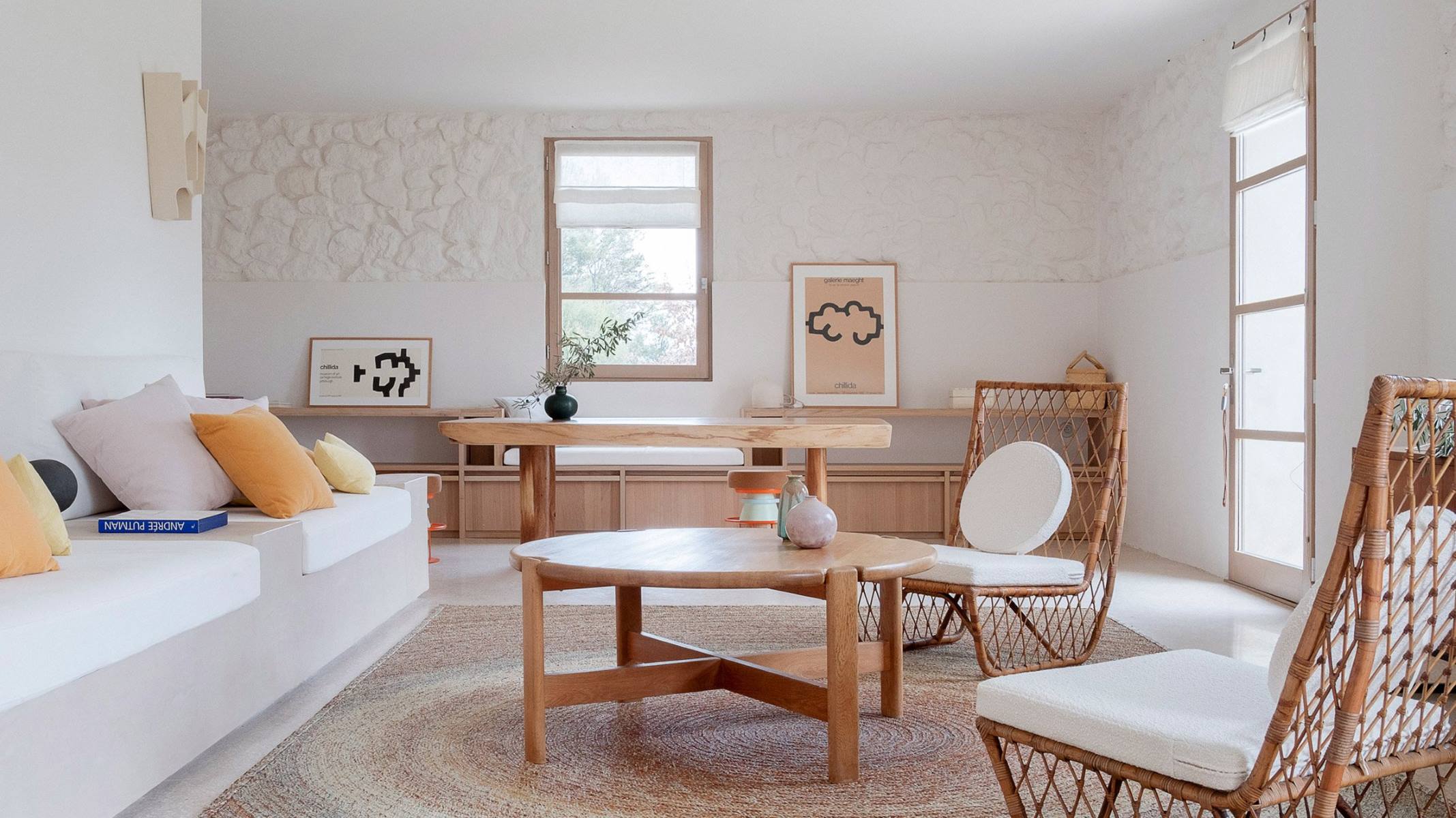
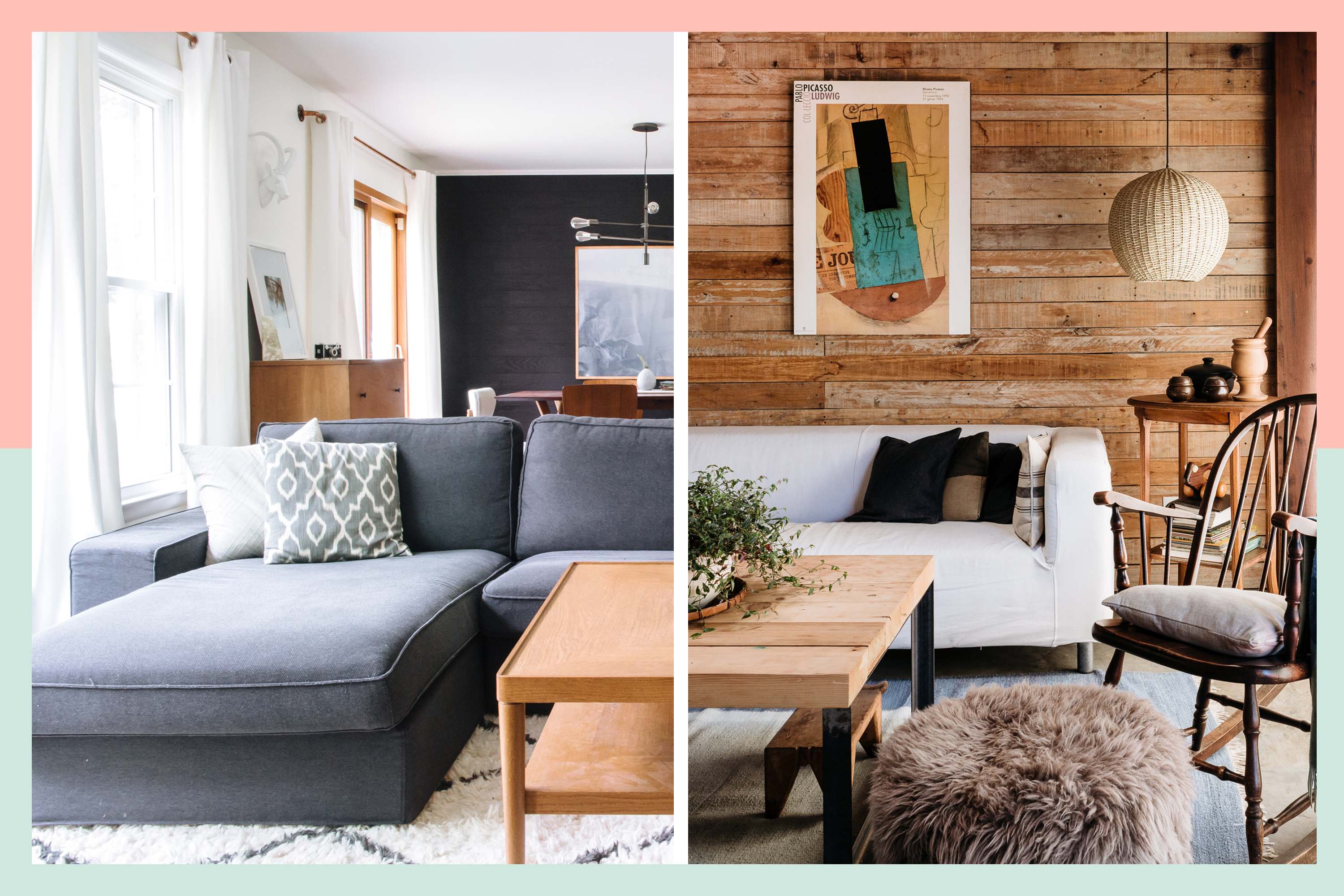
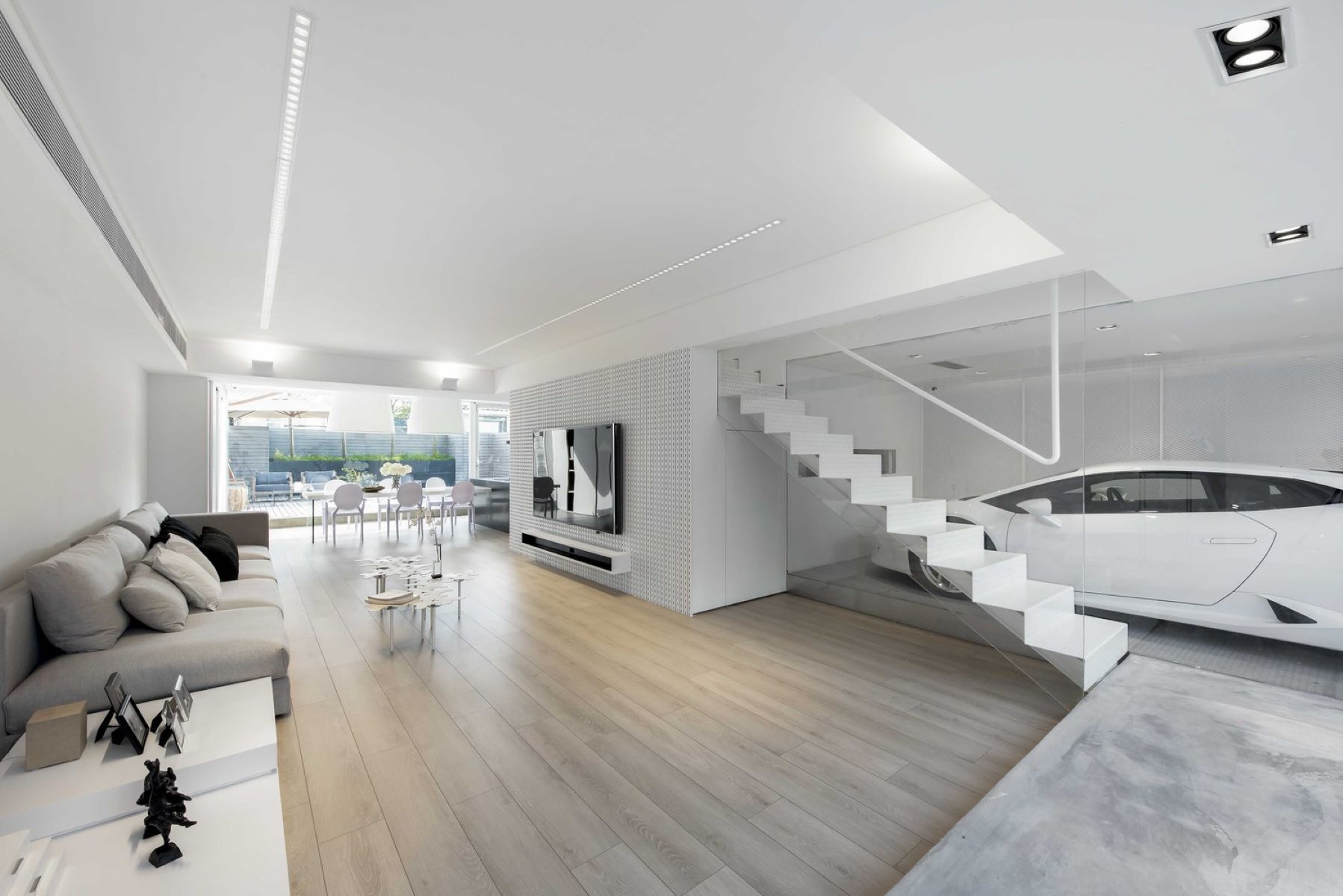

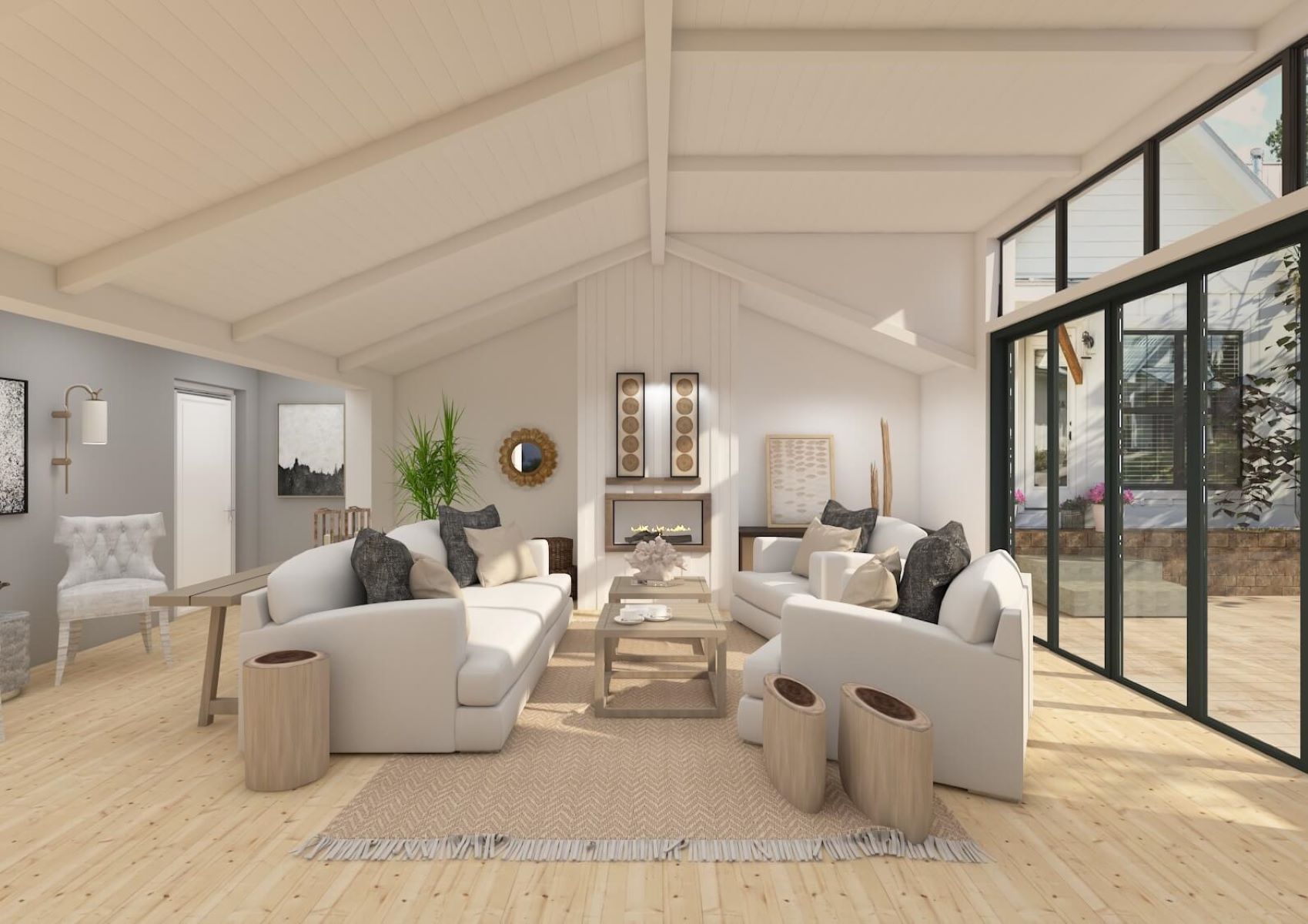
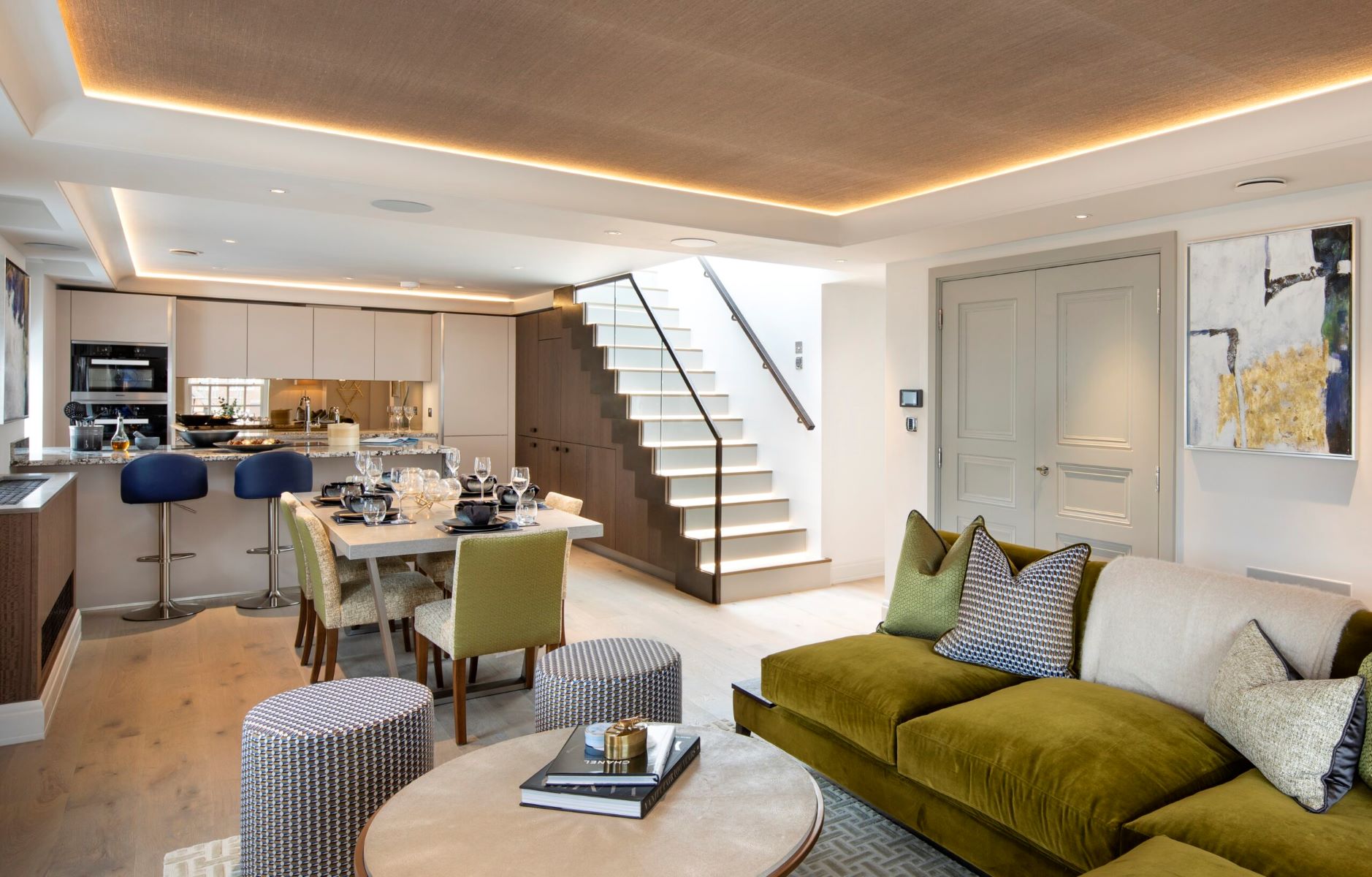
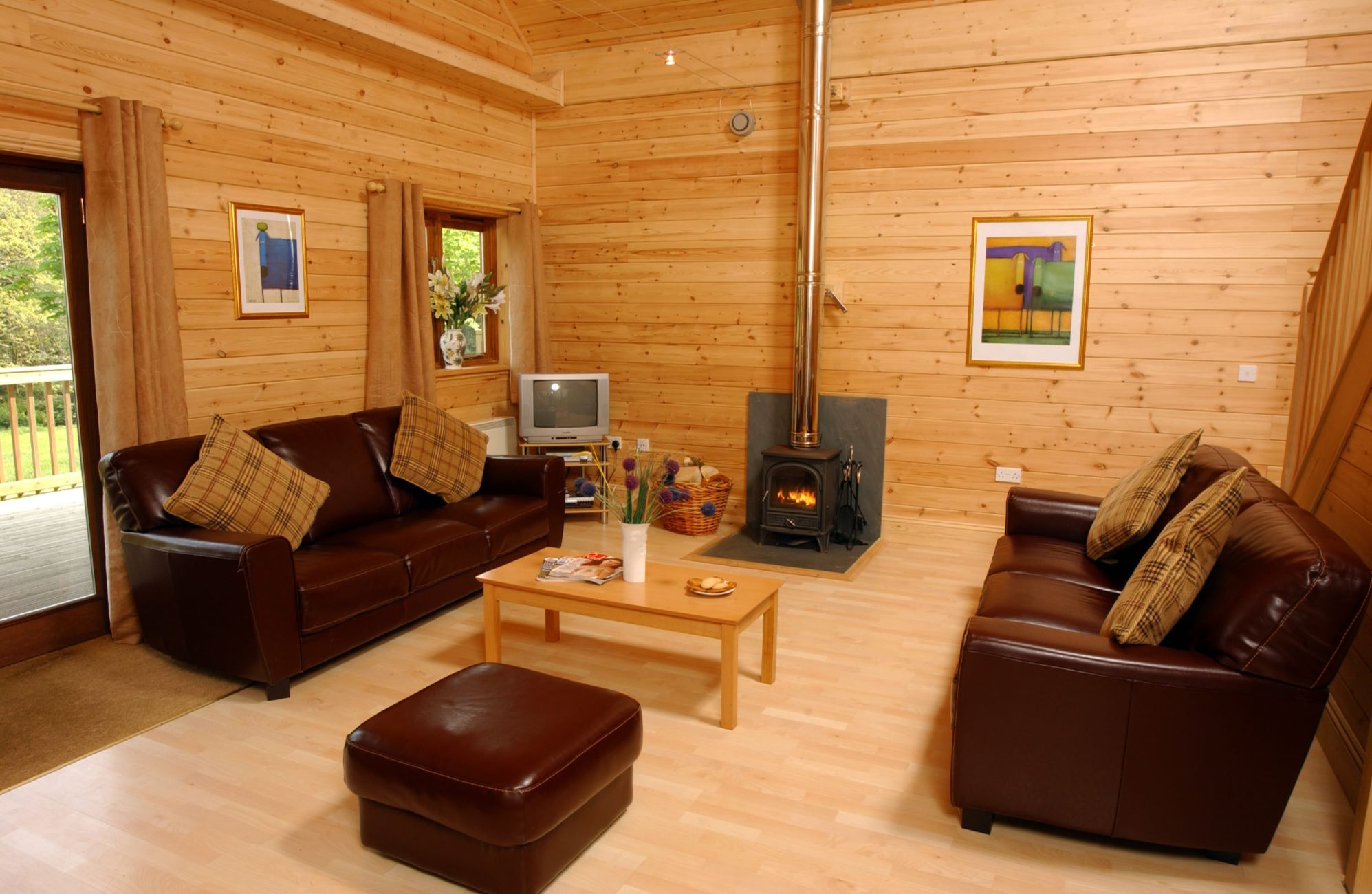
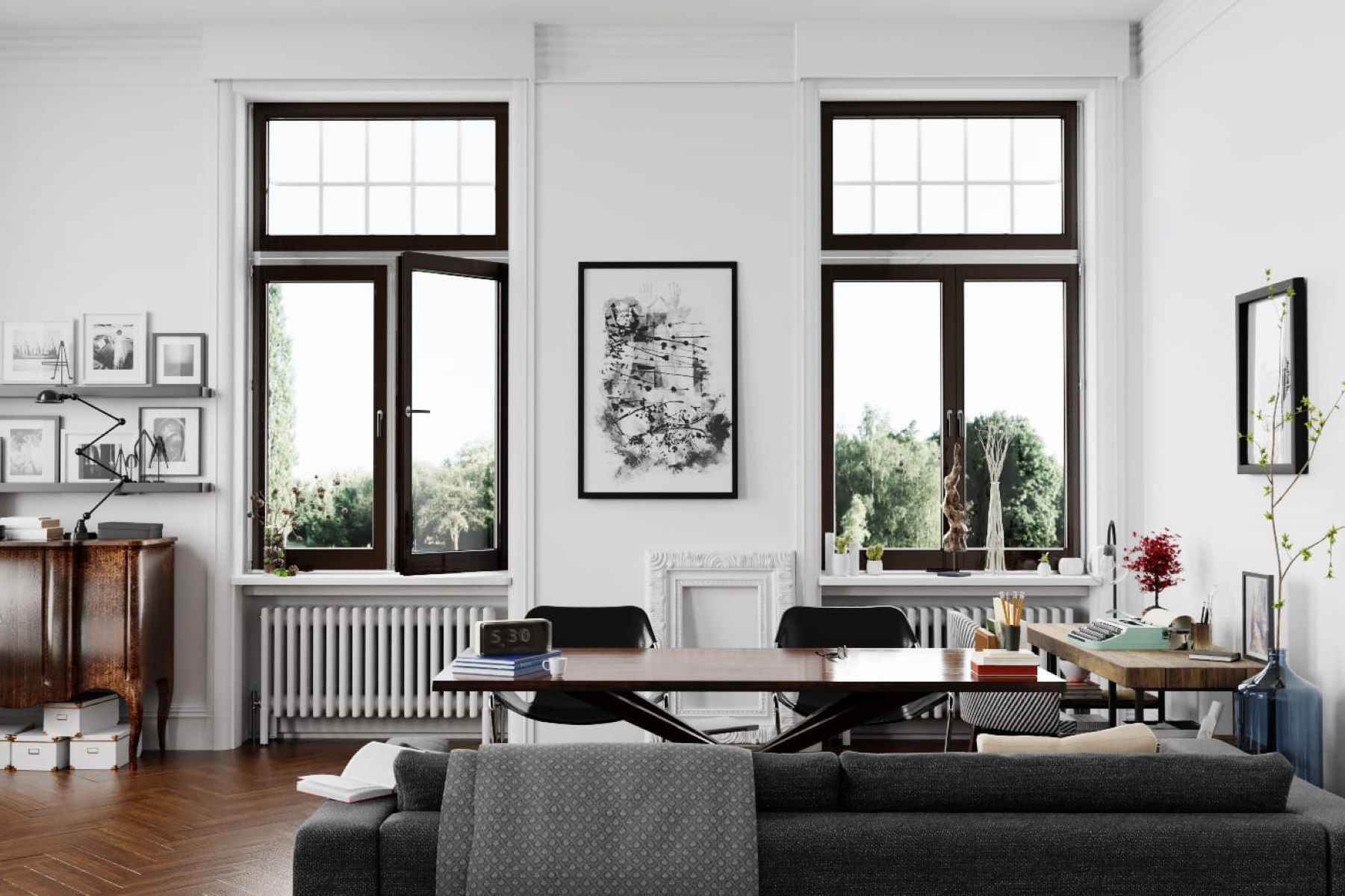
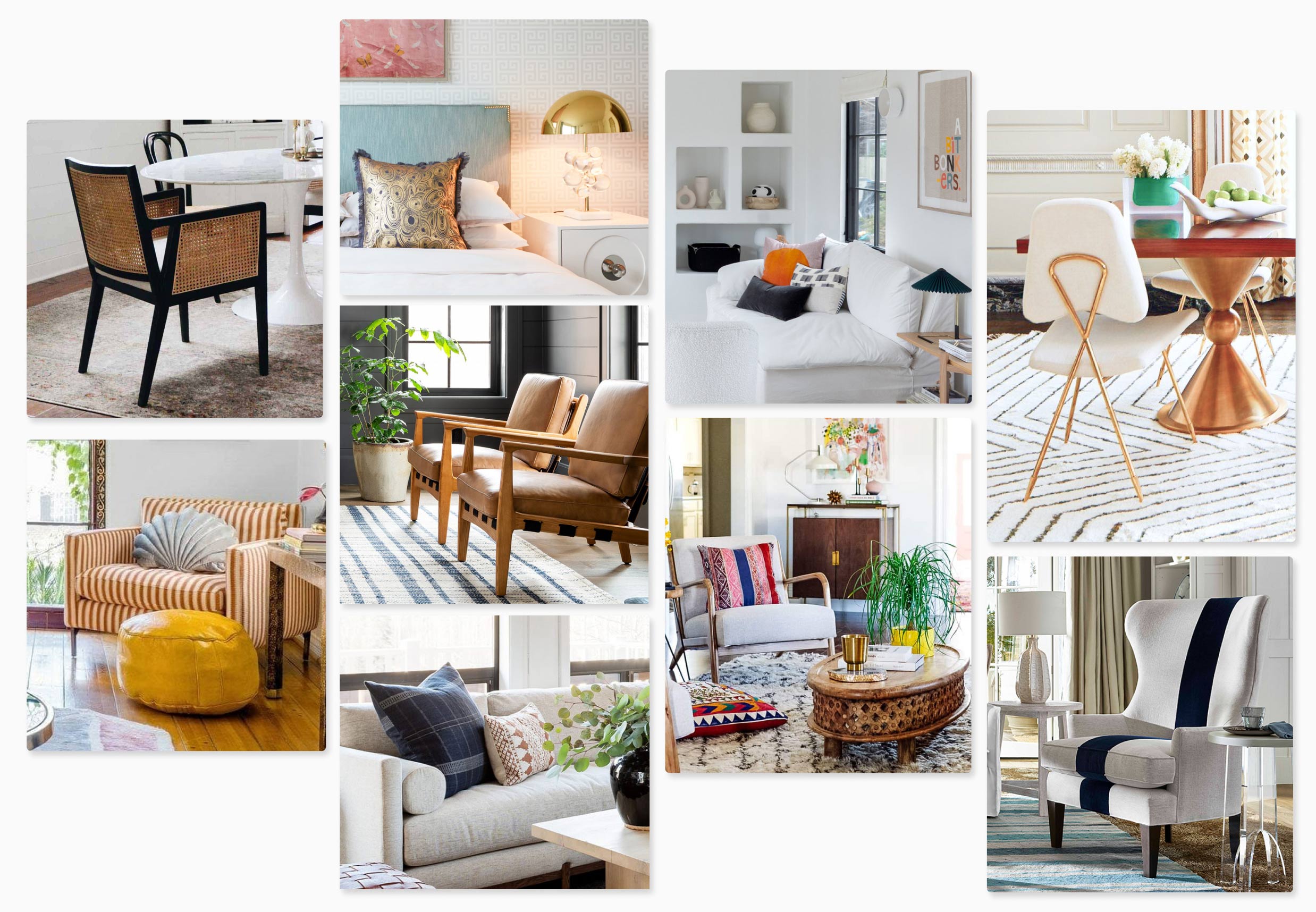
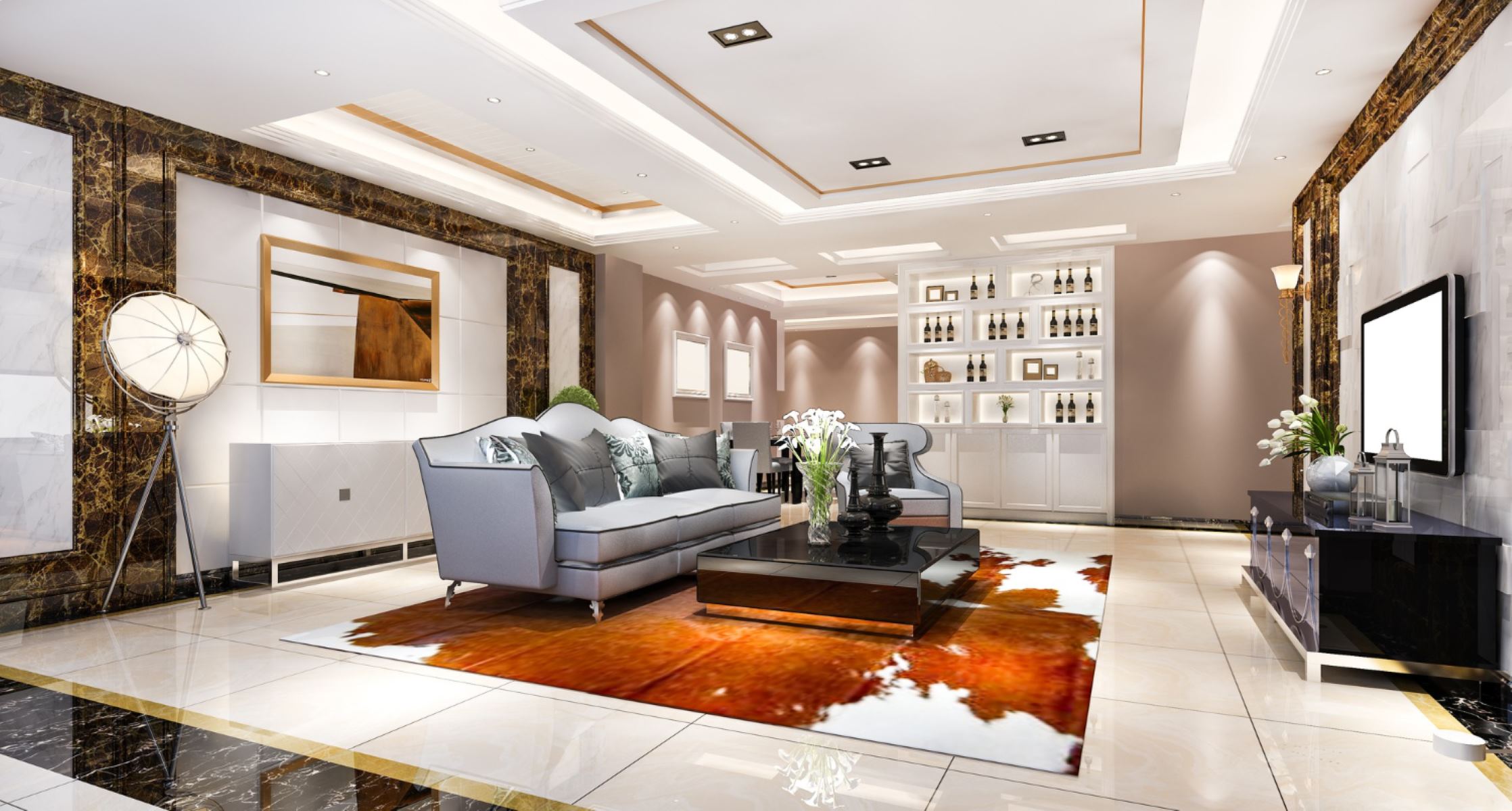
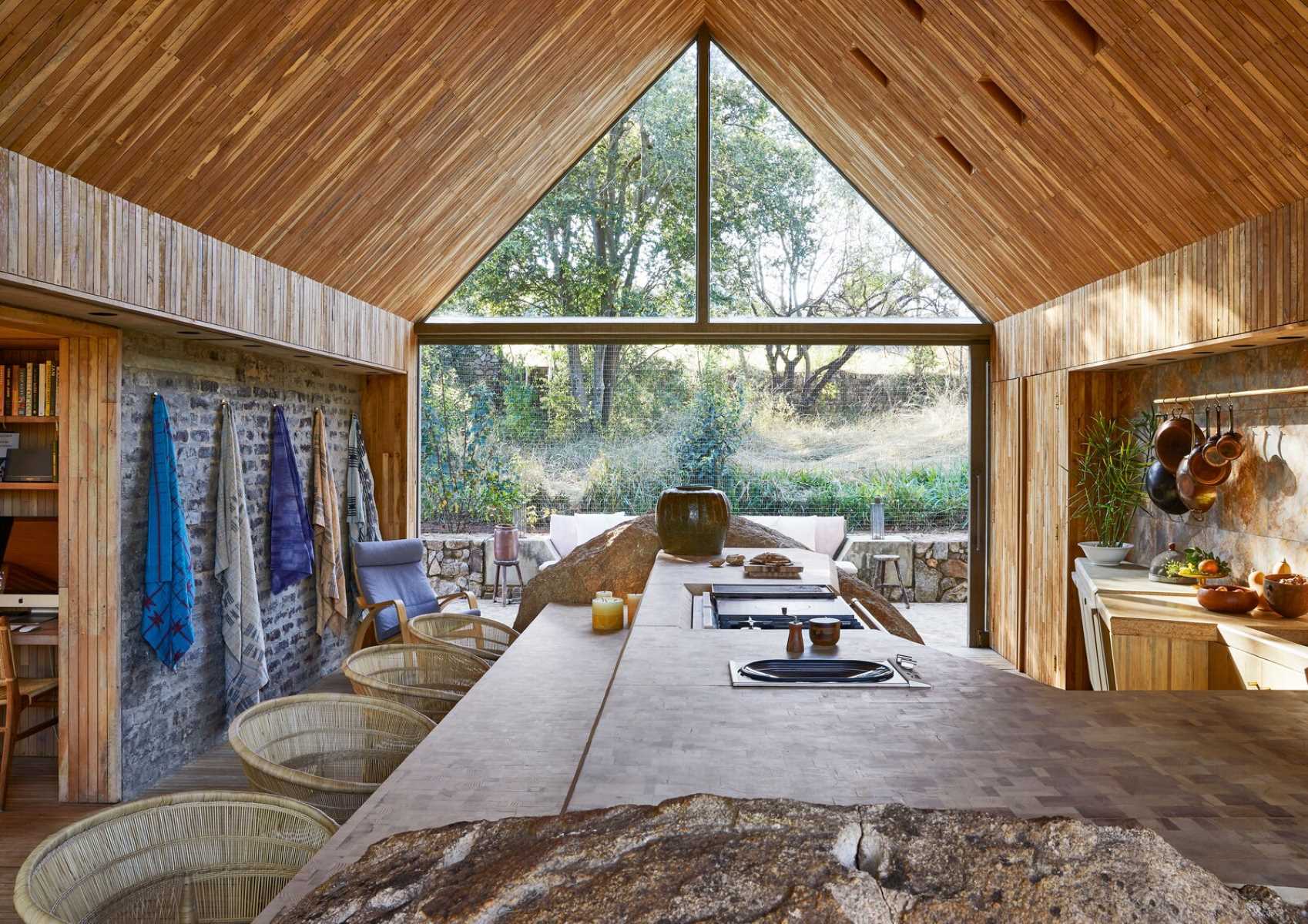
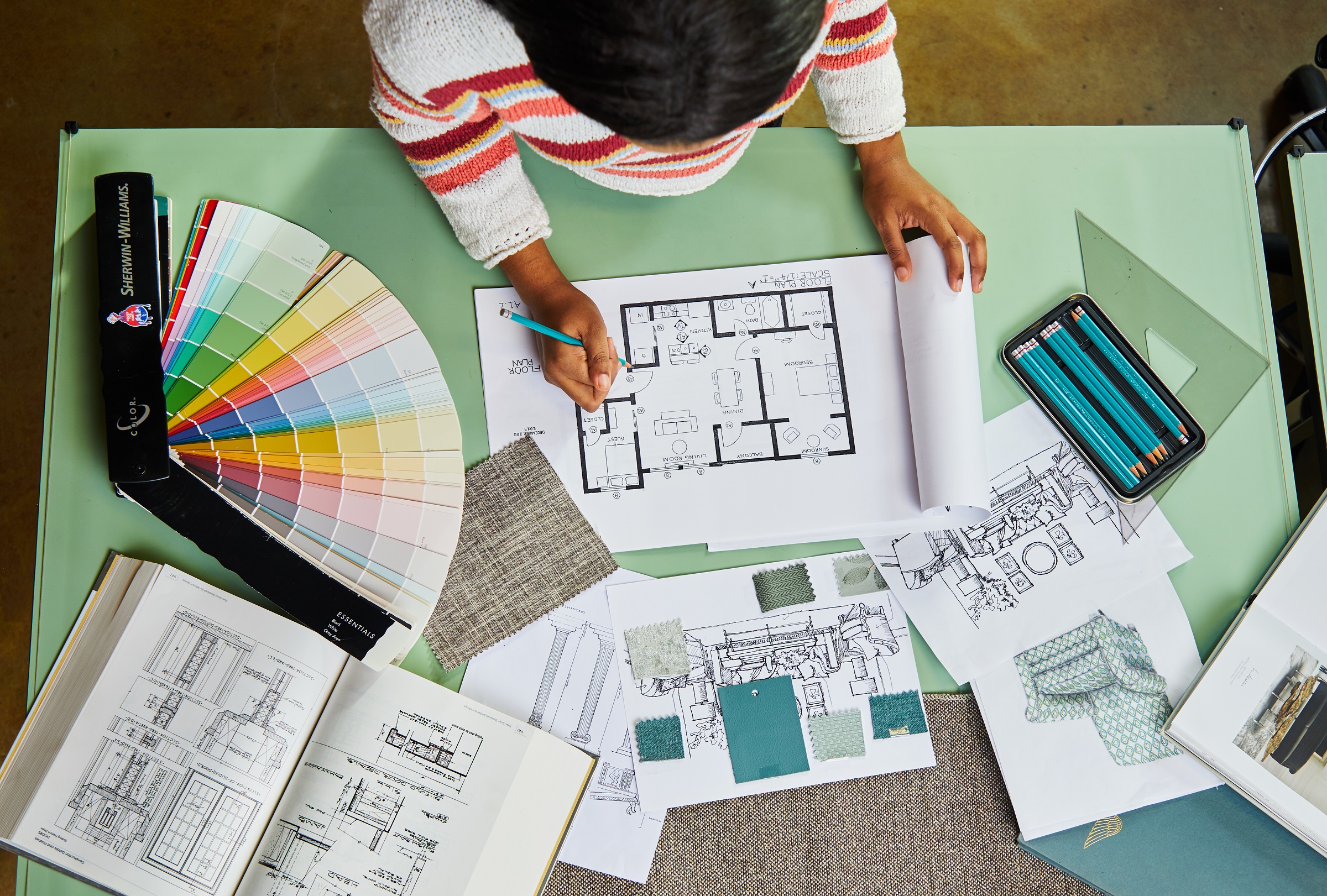
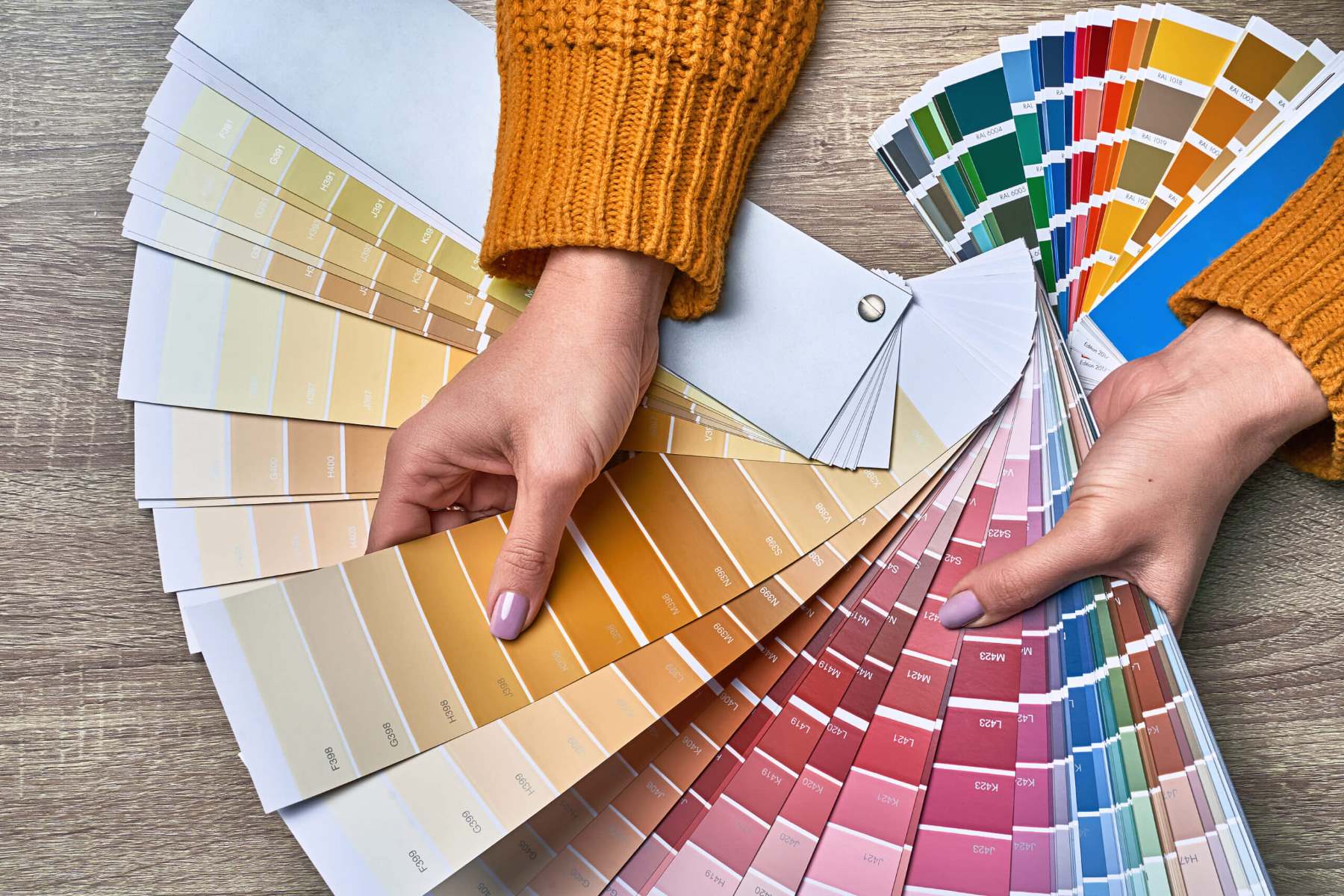
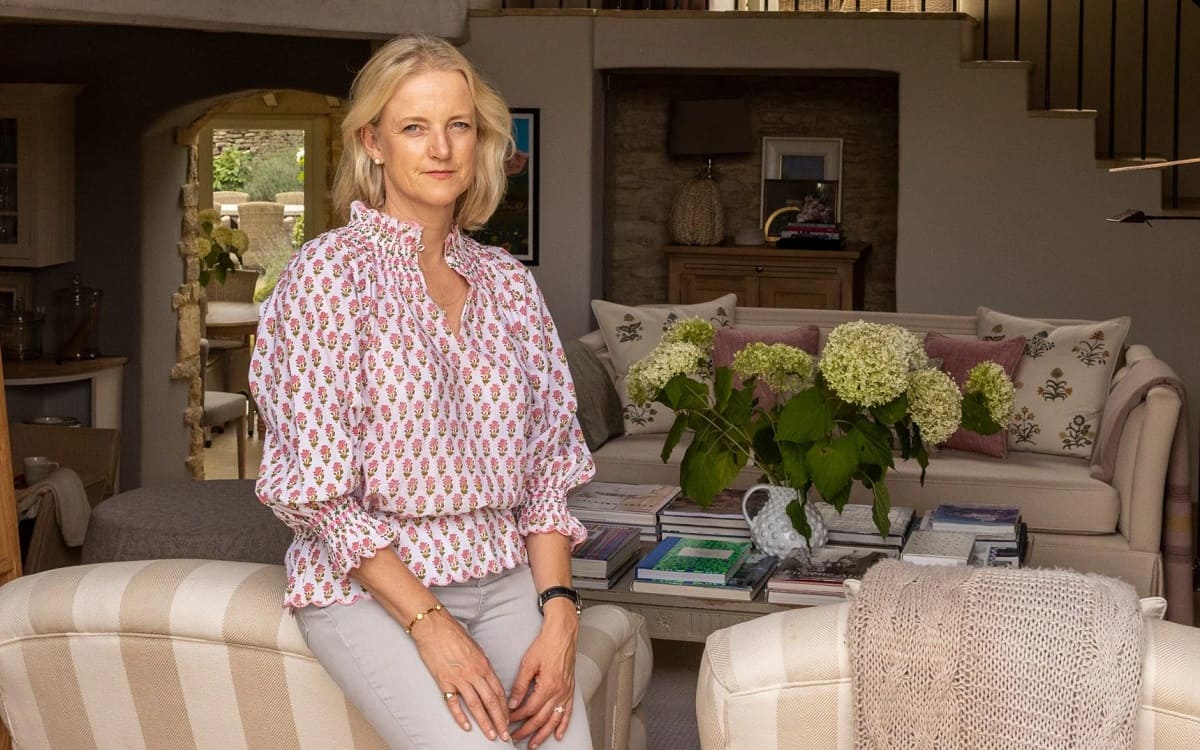

0 thoughts on “What Is In-House Interior Design”